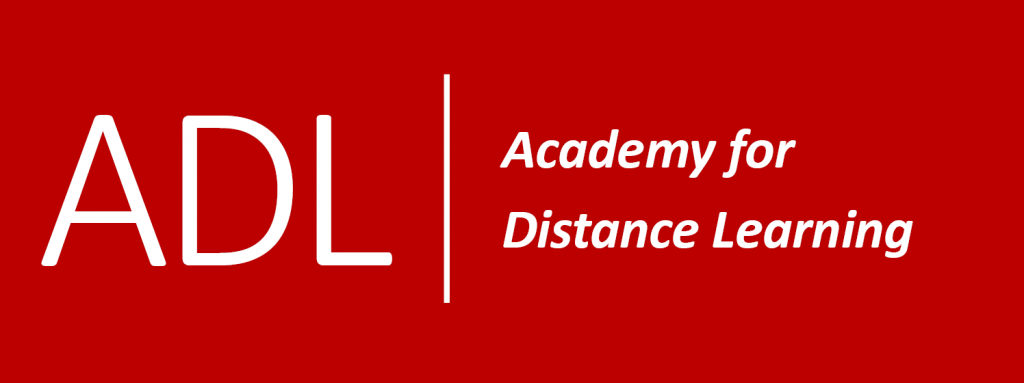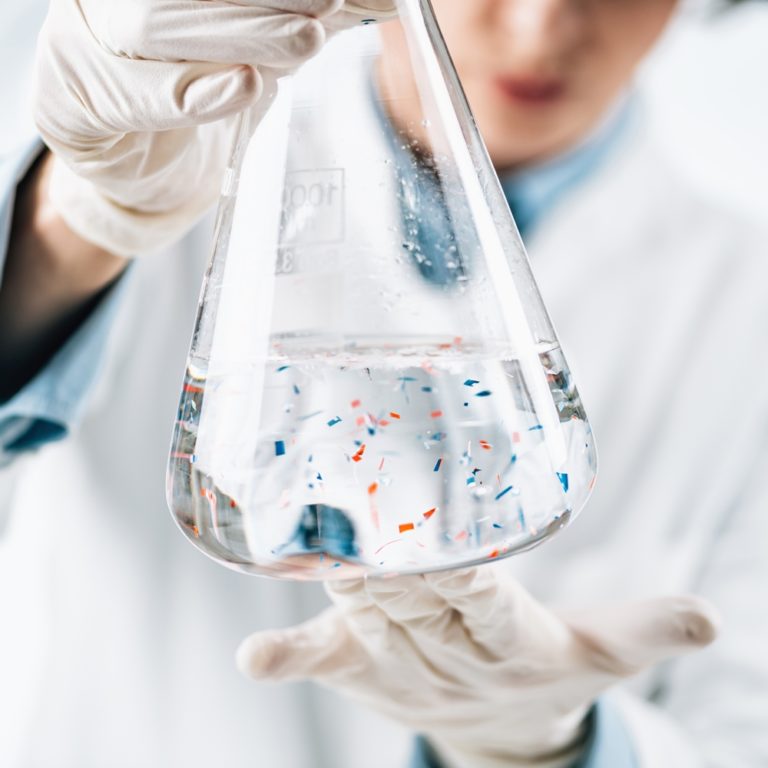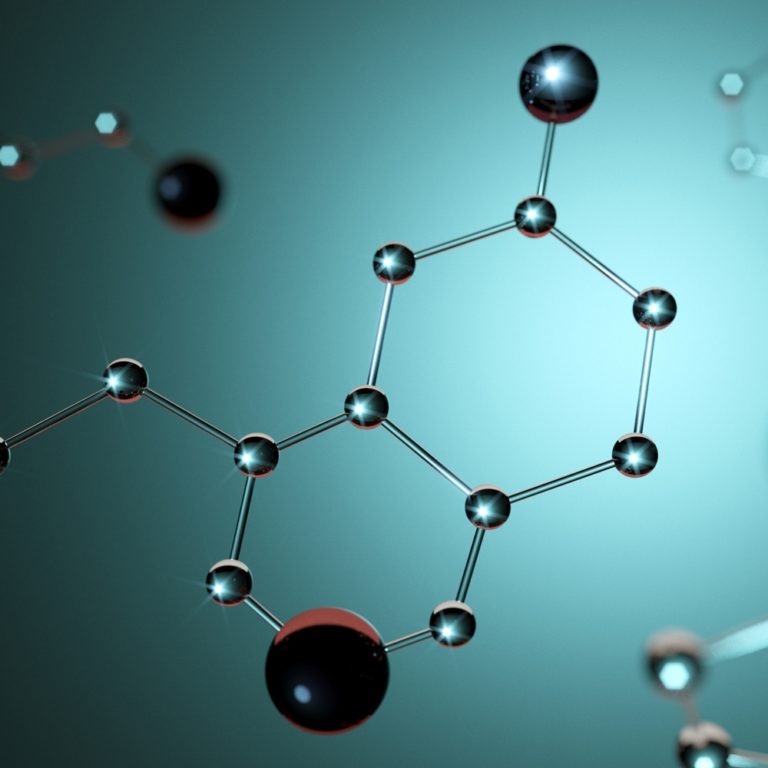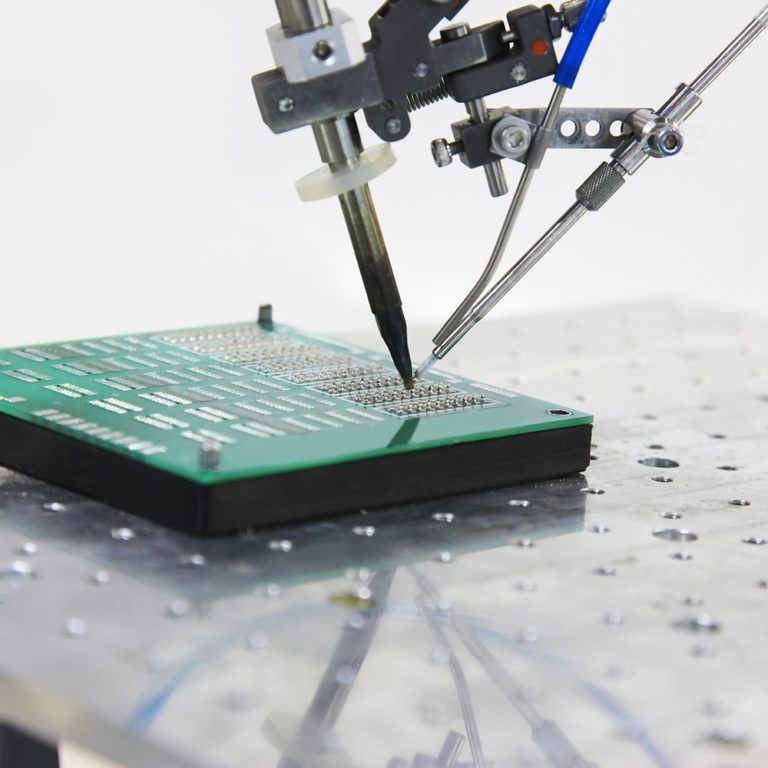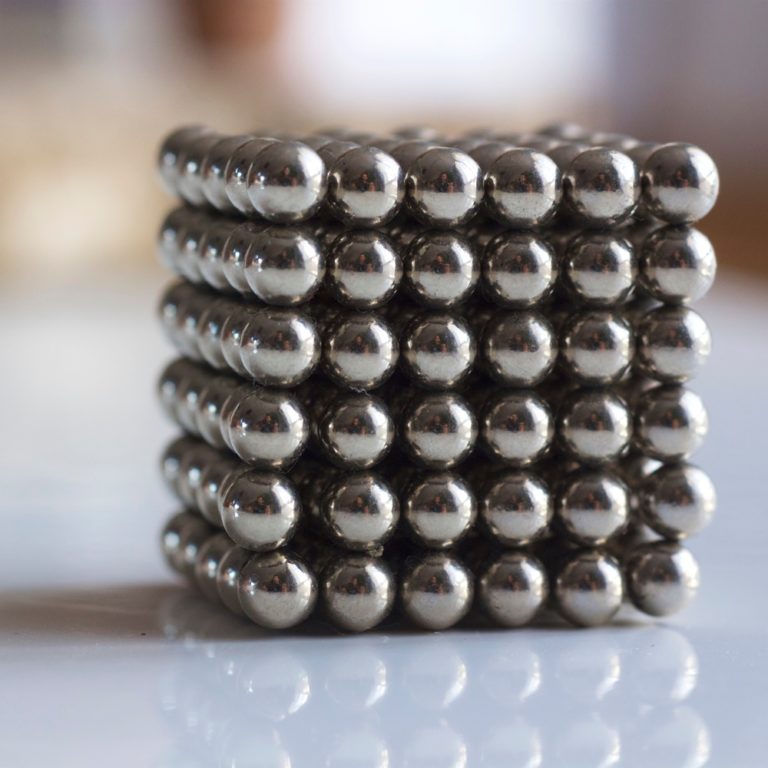Call us: +44 (0)1227 789 649 - Monday to Friday 9am to 5pm
Nanotechnology
Nanotechnology – 100 Hours Certificate Course
Contact us
PayPal Pay Later
Pay in 3 interest-free payments
-
Choose PayPal at checkout to pay later with Pay in 3.
-
Complete your purchase with the first payment today.
-
Remaining payments are taken automatically.
Pay in 3 is a form of credit, so carefully consider whether the purchase is affordable and how you will make the repayments. Be aware of the possible impact of using Pay in 3 and of missing payments, including making other borrowing more difficult or more expensive. Pay in 3 eligibility is subject to status and approval. 18+ UK residents only. Available for purchases of £30 to £2,000. Terms and conditions apply. PayPal Pay in 3 is a trading name of PayPal (Europe) S.à r.l. et Cie, S.C.A. 22-24 Boulevard Royal L-2449, Luxembourg.
Learn About Nanotechnology
Learn about Nanotechnology and understand how it can be applied in many industries
Nanoscience is the study of structures and molecules on the very small scales of nanometres. The technology that utilises it in practical applications, such as devices, is called nanotechnology.
This course will help you understand how nanotechnology works and where it can be applied to produce or enhance items.
Nanoscience and nanotechnology are commonly misunderstood as synonyms, but there is a difference between the two terms. Nanoscience is the study of structures and molecules on the very small scales of nanometres. The technology that utilises it in practical applications, such as devices, is called nanotechnology.
Nanotechnology can be defined as the technology that deals with the design and production of devices and structures in nanoscale of 1 to 100-nanometre dimensions.
This futuristic branch of science has the potential to revolutionise many fields. Many products that are currently on the market and in daily use, make use of nanoscale materials and processes in their production.
Nanotechnology shapes the molecular structure of matters by altering their intrinsic properties to obtain materials with advanced applications.
An example of this is graphene, a modified carbon that is harder than steel, lighter than aluminium and nearly transparent. Graphene has various applications in sectors such as electronics, energy, biomedicine, and defence.
Course Information
Other Categories
Lessons
There are 9 lessons:
1. Scope and Nature of Nanotechnology
- History of Nanotechnology
- Applications
- Food Security
- Medicine
- Energy
- Automotive
- Environment
- Electronic
- Textiles & Cosmetics
- Future
- Passive Structures
- Active Structures
- Nanosystems
- Perfect Molecular Nanosystems
- Space Elevators
2. Atomic and Subatomic Particles
- Matter
- Forms
- Properties
- Nanoscale
- Elements
- Structure of an Atom
- Subatomic Particles
- Atom Models
- Molecules
- Chemical Bonding
- Ionic Bonds
- Covalent Bonds
- Hydrogen Bonds
- Polar Bonds
- Monomers and polymers
- Monomers
- Polymers
3. Introduction to Quantum Mechanics
- History
- Photons – Quantisation of Light
- Atoms & Electrons
- Quantum Numbers & Orbitals
- Nuclei
4. Types of Nanoparticles
- Carbon-Based Nanoparticles
- Ceramics Nanoparticles
- Metal Nanoparticles
- Semiconductor Nanoparticles
- Polymeric Nanoparticles
- Lipid-Based Nanoparticles
- Properties of Nanoparticles
- Electronic and Optical Properties
- Magnetic Properties
- Mechanical Properties
- Thermal Properties
- Synthesis of Nanoparticles
- Carbon Nanotubes
- Types
- Structure
- Inorganic Nanotubes
- Nanowires
- Types
5. Nanofabrication
- Nanotubes and Nanowires
- Fabrication: Top-down method
- Etching
- Lithography
- Exfoliation
- Fabrication: Bottom-up method
- Arc Discharge
- Chemical Vapour Deposition
- Physical Vapour Deposition
- Self-Assembly
- Nucleation Growth
6. Nanocircuitry and Semiconductors
- Types of materials
- Insulators
- Conductors
- Semiconductors
- Band Theory
- Energy diagrams
- Current in semiconductors
- Covalent bonding in silicon
- Electrons and Holes
- Types of semiconductors
- Doping
- N type semiconductor
- P type semiconductor
- PN junction
- Semiconductor devices
- Diode
- Transistor
- Applications
7. Applications – Improving Energy Use
- Energy Sources
- Energy Conversion
- Energy Distribution
- Energy Storage
- Energy Utilisation
8. Biomedical Applications
- Human Toxicity
- Applications
- Bioimaging
- Biosensors
- Dentistry
- Drug & Gene Delivery Using Nanotechnology
- Magnetic Hyperthermia
- Medical Devices
- Photoablation Therapy
- Sepsis
- Tissue Engineering
9. Applications – Environment and Agriculture
- Agriculture
- Environmental Impact
- Ecotoxicology of nanoparticles
- Titanium dioxide
- Reversing Desertification
- Risk Assessment
Learning Goals
- Discuss and define nanotechnology, including size, scale, and common applications.
- Explain the nature of atomic and subatomic particles in the context of nanotechnology.
- Explain the basics of quantum mechanics including how electrons spin.
- Explain types of nanoparticles, their properties and how they are made along with some of their applications in industry.
- Explain how the fabrication of nanomaterials works and the different material types produced.
- Discuss how nanocircuitry differs from traditional circuitry, its relationship to semiconductors and some of its applications in industry.
- Explain how nanotechnology and nanomaterials are changing and improving how we generate, store, and utilise energy.
- Explain the current and developing uses of nanotechnology in the biomedical field.
- Explain the applications of nanoparticles to the environment and agriculture.
Practical (Set Tasks)
Examinations
Program Summary
More Information
HISTORY OF NANOTECHNOLOGY
The concept of nanotechnology was introduced by physics Nobel laureate Richard P Feynman at the December 1959 meeting of the American Physical Society. In his famous lecture entitled ‘There’s plenty of room at the bottom’, Feynman posited the benefits and possibilities that could be opened by miniaturising technology. He argued for much more powerful microscopes, much smaller and faster computers, and the manipulation of materials at the atomic level. The direct impact his lecture had on the science behind the nanotechnology field may be minimal, but he was the first leading scientific voice to recognise the potential of this nascent field.
In the early 1970s, Norio Taniguchi was the first scientist to use the term nanotechnology. He used it to describe processes in semiconductors at the nanometre scale. He argued that nanotechnology described any process or manipulation of an element by one atom or molecule.
Nanotechnology became more widely known and researched in the 1980s when Eric Drexler, a writer from MIT, produced a book called “Engines of Creation: The Coming Era of Nano-Technology.” He came up with the concept of nanoscale assemblers, devices which would be able to build copies of themselves or other items as required. The concept of assemblers or nanorobots is an area of continued research and development to this day.
In the early 1990s, Sumio Iijima documented the discovery of carbon nanotubes and demonstrated how they could be joined together. His paper outlining his discovery generated intense interest in his research and spurred on much of the ensuing research in nanotechnology.
Nanoscience and nanotechnology came into their own as research fields in the very early 2000s when the potential of the fields was better known. They became a national research priority in the USA. The development and applications of the technology has been widespread and ongoing since then.
Assessment
Assessment is based on a combination of completing all assignments and sitting for a final short one and a half hour exam, in your own location.
If you don’t cope well with exams then you may elect to undertake a project instead. This is a popular option.
In addition, most modules have a Set Task at the end of each lesson placed before the assignment. This is an opportunity to undertake practical work to help you acquire knowledge and skills and practical experience. This ADL feature is an added bonus not found at most online schools. Set Tasks are not required for assessment.
Some courses also have optional Self-Tests which are available on our online learning platform. These are not available by correspondence or by USB, and do not form part of your overall grade.
How our courses work
- Choose Your Learning Method
You choose how you would like to receive your course material, i.e., Online, USB or Correspondence. The choice is yours. You may also work on online or offline. - Tutor Allocation
Every student is assigned their own dedicated tutor who is an expert in their subject area. They provide as much or as little individual contact as you require. You can contact your tutor whenever you need – your hours are not limited. - Feedback and Assignments
Tutor Feedback is an essential component in helping you understand the subject matter. Tutor feedback is given in the form of notes written on the assignment. We encourage you to contact your Tutor where help with clarification and understanding of course material may be required.
Your assignments are located at the end of each lesson. You submit them for marking whenever you are ready. There is no time limit. - Set Tasks and Self-Tests
Most modules have a Set Task at the end of each lesson before for the assignment. This is where you get the opportunity to undertake practical work to help you acquire knowledge, skills and practical experience. Many modules also have short Self-Tests. - Exams
Once all assignments have been completed you may then elect to sit for a one and half hour exam in your own location. If you prefer not to take the exam you do have the option to undertake a project instead.
Once the exam or project part of the course is completed, your Certificate is then processed. Please allow approximately 4 weeks for this. - Design Your Own Qualification
ADL offers students the flexibility to self-design their own qualification – bundling together a combination of 100-hour modules into a qualification higher than a certificate.
FAQ
FREQUENTLY ASKED QUESTIONS
Here is a list of the most often asked FAQ’s.
General
Q. Why should I enrol with the Academy for Distance Learning?
A. Here at ADL, our students are our priority – we treat everyone as a unique individual.
Q. Do I need to buy text books?
A. No, as each module has been written by highly qualified industry professionals. The content of the material is presented in such a way that text books are not required. However, if you require additional reading your tutor will be able to supply a list.
Q. What happens if I have to stop studying for a while? (eg. become sick, go on holidays, have a baby, move house, etc)
A. It’s OK to take a break and start up your study at a later point in time. Just let us know.
Q. Is there an age limit?
A. There is no maximum age limit. We do however, have a minimum age limit of 18 years. Below that age parental consent would be required.
Q. Are your courses up-to date?
A. Our courses are revised and updated on a rotation system.
Q. Do you have a Cancellation policy?
A. Yes. We have a cancellation policy that is fair and equitable. For further details please click here.
Q. Will I have any opportunity to engage with other students?
A. We have a Student Community group based on facebook! If you don’t have a facebook account already, you could make one just for talking with fellow students on the group.
Enrolment
Q. When can I enrol/start?
A. You may enrol and start at any time of the year – it’s all self- paced.
Q. Can I study from anywhere in the world?
A. Our courses are available to anyone, anywhere in the world from the comfort of your own home. The course content is relevant to any country, culture or economy.
Q. How long do I have to complete the course?
A. You complete the course at any time that is convenient for you.
Q. Completing a 100 hour module – how long will it take?
A. For some students a 100 hour module will take approximately to 3- 6 months to complete. Others take less time and some even longer.
Assessment
Q. Assessment – how does it work?
A. For each 100 hour module you are assessed by assignments (at the end of each lesson) and a final one and a half hour exam (or you may elect to complete a Project, instead of sitting the exam) – the choice is yours – you sit for the exam in your own location.
Q. I don’t cope well with exams – what can I do?
A. You may elect to undertake a Project (set by your tutor) instead of sitting the exam. Projects are completed from your home and can usually take a couple of weeks to complete.
Q. If my assignment is not up to standard is there an opportunity to resubmit my work?
A. Yes –
Q. How many assignments do I need to complete for each module?
A. At the end of each lesson, there is an assignment – so if a course has say, 10 lessons, there would be 10 assignments.
Q. I am having difficulty attending workshops/industry meetings, what can be done?
A. If your course requires attendance at workshops, conferences, or industry meetings; alternative arrangements can be made in your country.
Qualifications
Q. What qualification will I receive?
A. For individual modules, you would be awarded a Certificate endorsed by TQUK (Training Qualifications, UK), providing you complete all assignments and the exam. If you just want to complete only the assignments and not sit for the exam or finish a Project, then a Letter of Achievement would be awarded. For more details on qualifications available please click here.
Q. Can I customize my diploma/higher qualification?
A. Not all educational institution’s certificates /diplomas meet everyone’s needs. The opportunity to Design Your Own Diploma at the Academy (subject to our approval) is an added bonus, not found at other colleges. You choose modules that you think will help you in achieving your goal.
Q. What do I get when I complete the course? Will I receive a transcript?
A. At the completion of all courses and providing all assignments and exam requirements have been met, you will receive your Award and a Transcript.
Tutors
Q. Our tutors – who are they?
A. We appoint Tutors and require that they must be currently active in their industry, with at least 5 years’ experience in their chosen profession.
Q. Can I contact my tutor at any time?
A. Yes – you have unlimited access to your tutor via email through our Online Classroom. You can always leave a message with ADL requesting your tutor to contact you. You decide on how much or how little contact you wish to have.
Q. Practical work – How is this done?
A. To find out more about this part of the course please visit the section on How Our Courses Work here.
Career Options
What's Included
What your tuition fees include
- All Course Material via Online, USB or Correspondence
- Assignments Marked
- Professional Tutor Feedback
- Set Tasks - Practical Exercises to help you develop skills
- Self-Tests – multiple choice questions at the end of lessons in most modules
- Unlimited Personal Tutor Support – via our student classroom
- Committed and Friendly Admin Support – vital to your success
- All ADL Exam or Project fees (exception RHS exams)
- Qualification Certificate
- Official Transcript with assignment grades
- Student Manual
Plus FREE
- Academic Writing course (optional - 10 hours only)
- Critical Thinking course (optional - 10 hours only)
- Job Seekers Careers Guide
- Study Tips on How To Study Better
- Career Counselling by ADL Staff
- CV Writing Help, Tips and Advice
There are no hidden extras
Career Opportunities
FAQ - RHS Theory Qualifications
GENERAL
If you require further details about any of the RHS industry recognised qualifications please, call one of our friendly RHS Course Advisors on +44 (0)1227 789 649 or email: [email protected]
Q: When can I Enrol/Start My RHS Course With ADL?
A: Anytime, Anywhere. There are no enrolment deadlines.
Q: I live Overseas. Can I Study From Overseas?
A: You can study any of the RHS theory qualifications overseas. All courses are offered in English. You will need to email RHS Qualifications direct to arrange sitting for your examination overseas.
Q: Is There a Time Limit for Completing an RHS Qualification?
A: At present there are no time limits. However, RHS is contemplating in the future, the introduction of course time-lines.
Q: Are There Any Entry Requirements (Pre-Requisites)?
A: The RHS Theory courses do not require prerequisites, previous experience or any knowledge of horticulture. You just need passion for all things horticulture.
Q: What Course Should I Start With First? I Am New To RHS Qualifications.
A: We highly recommend that you start with Level 2 – Principles of Garden Planning, Establishment and Maintenance.
Q: What Does ADL Course Material Include?
A: Includes Power Point Presentations, Videos and written course lessons.
RHS EXAMS
Q: When Do Exams Take Place?
A: Exams are held on fixed dates in February and June of each year. You should register as a candidate at least 3 months before these dates, so please do not leave exam registration to the last minute
Q: Where Do I Take My Exams?
A: UK: You take the exams at the RHS Wisley Centre, located between Cobham and Ripley in Surrey or at other authorised RHS centres around the UK.
Overseas: please email RHS qualifications direct for centre information.
Q: Exam Pass Marks?
A: Module – pass 50%. Commendation 70%.
Qualification: 50% pass for all modules.
Commendation awarded for all modules.
Each question carries a value of 10 marks.
Q: I’m Not Happy With My Exam Results?
A: You have the opportunity to re-sit your exam at the next opportunity.
There are no restrictions on the number of re-sits you can take. The highest mark you achieve will remain.,
